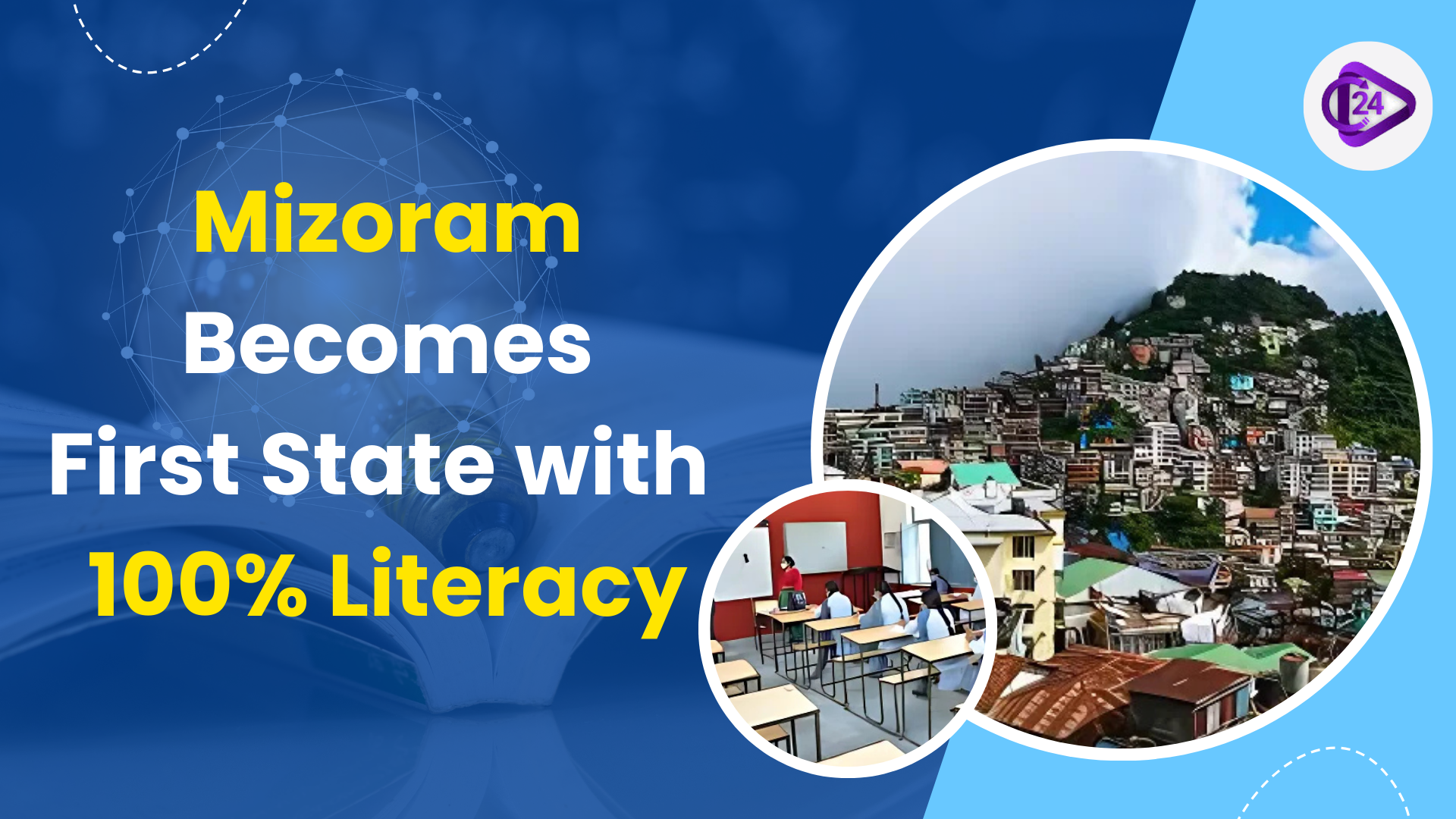
On May 20, 2025, Mizoram officially celebrated becoming India’s first literate state. Starting with a solid base of 91.33% for literacy in 2011, the state went on to reach 98.20% in its latest survey. Thanks to the ULLAS – Nav Bharat Saaksharta Karyakram (New India Literacy Programme), most of the remaining illiterate population was enrolled in this programme through door-to-door surveys and volunteer teaching. Mizo people showed their strong support for education by including representatives from the government, volunteers, and schools in the effort. Mizoram’s successful schooling for the disabled has greatly boosted the effort toward inclusive learning and fostered literacy.
Context
-
Mizoram has achieved 100% literacy because of focused government programmes and community efforts.
-
This success shows that the ULLAS literacy effort has been effective with the guidance of the National Education Policy 2020.
Key Points
How did Mizoram Achieved 100% Literacy?
-
Strong Foundation: Mizoram already had a high literacy rate of 91.33% as per the 2011 Census, providing a strong base.
-
ULLAS means UL Nav Bharat Saaksharta Karyakram (New India Literacy Programme).
-
From 2022 through 2027, the plan will focus on adult literacy over 15 years, including Foundational Literacy, Life Skills, Basic Education, Vocational Skills and Continuing Education.
-
Working door to door, we identified persons in Mizoram who were not literate: 3,026 in number.
-
-
Community Volunteerism:
-
Over 292 volunteers took part by instructing and motivating students.
-
Because of the strong cultural value of Kartavya Bodh, a lot of people chose to volunteer.
-
-
Government Support and Collaboration
-
Working together closely between state education departments, community leaders, and schools.
-
Using the mobile app for ULLAS, volunteers and learners could be easily spotted.
Importance of Mizoram’s Success
-
Being Fully Literate First: Mizoram is leading the nation by achieving full functional literacy.
-
Education Equals Independence: Learning to read and write improves the chance for a job, informed involvement in society and healthy living.
-
Contributes to National Aims: Supports both the National Education Policy 2020 and the Sustainable Development Goals (SDG 4) aiming for quality education.
-
Promotes Stronger Society: Learning skills and abilities through literacy brings about social unity, gender balance, and helps stop poverty and discrimination.
Impact of Full Literacy in Mizoram
-
Economic Development: High literacy gives people better chances at work, encourages new businesses, and supports the state’s economy.
-
Quality of Life: By learning to read, a person gains access to good treatment, proper nutrition and public resources.
-
Political and Social Life: Being involved in politics and society informs people about their duties and makes them more likely to vote.
-
Inspiration for other states: Because it has been so successful, Mizoram’s methods can be imitated by other states and union territories.
-
Long-term benefits: Supporting lifelong learning promotes education that results in improved achievements for children and teenagers going forward.
Literacy in India
What is Literacy?
-
Being literate means you can read and write in short in any language and understand what it says, according to the United Nations Population Commission.
-
If someone is aged seven or greater and can read and write in any language without difficulty, they are reported as literate by the Census in India.
-
Having a formal education is not needed to be recognized as literate.
Literacy in India Date according to Census 2011
|
Parameter |
Value |
|
Literacy rate in 2001 |
65.38% |
|
Literacy rate in 2011 |
74.04% (↑ 9% increase from 2001) |
|
Male literacy (2011 Census) |
~82% |
|
Female literacy (2011 Census) |
~65% |
|
Male literacy (NSO 2017–18) |
84.7% |
|
Female literacy (NSO 2017–18) |
70.3% |
|
Highest Literacy Rate States |
|
|
Kerala |
96% |
|
Delhi |
96% |
|
Uttarakhand |
87.6% |
|
Himachal Pradesh |
86.6% |
|
Assam |
85.9% |
Across all states, male literacy rates exceed female literacy rates, highlighting persistent gender disparity.
Reasons for illiteracy in India
-
Certain economic and social issues that include inequality, gender bias, casteism and technological problems.
-
A high number of people living in poverty restricts many from getting an education.
-
When children work and receive inadequate education at primary school, their chances of going on to higher education are very slim.
-
Political commitment that does not last limits successful literacy drives.
Government Steps Taken to Improve Literacy
Constitutional Provisions:
-
Minorities are granted by Article 30 the authority to establish and operate educational establishments.
-
It is required by Directive Principles that every child be offered free and compulsory education (Articles 41, 45, 46).
Major Schemes and Acts of Literacy in India
-
Sarva Shiksha Abhiyan (SSA) was launched in 2001 to provide universal elementary education through specialized local planning.
-
Since 1995, there has been a Midday Meal Program to improve students’ nutrition and increase their attendance at school.
-
Right to Education (RTE) Act, 2009, which guarantees children between the ages of 6 and 14 the right to education.
-
National Education Policy 2020 intends to reach 100% literacy by offering everyone, young and old, inclusive and quality education.
Conclusion:
The state of Mizoram becoming fully literate is an example of what can be done with strong government support and community efforts, alongside new literacy initiatives such as ULLAS. Because of this, other states will try to achieve universal literacy, supported by the National Education Policy 2020.



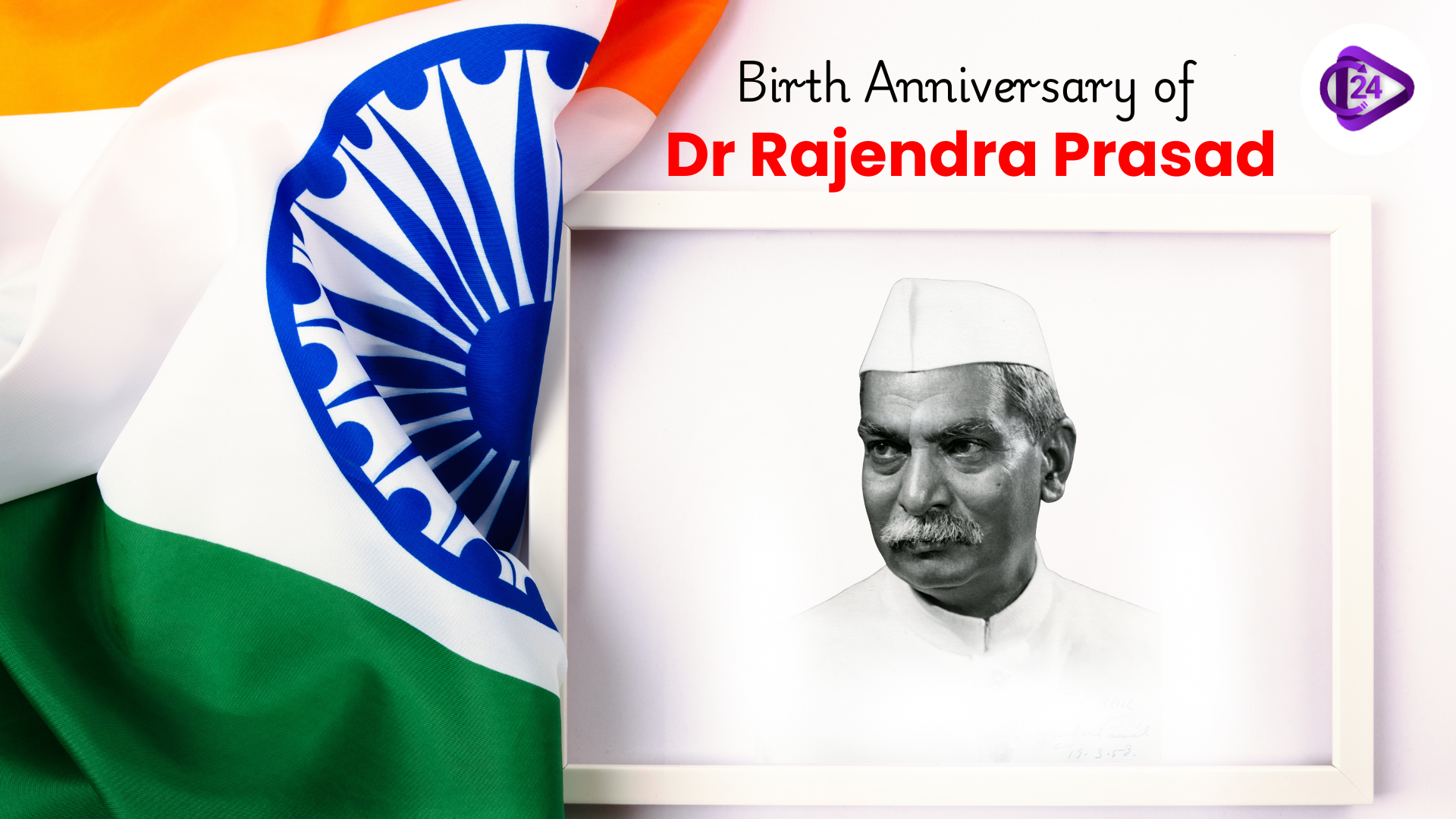 Birth Anniversary of Dr Rajendra Prasad
Birth Anniversary of Dr Rajendra Prasad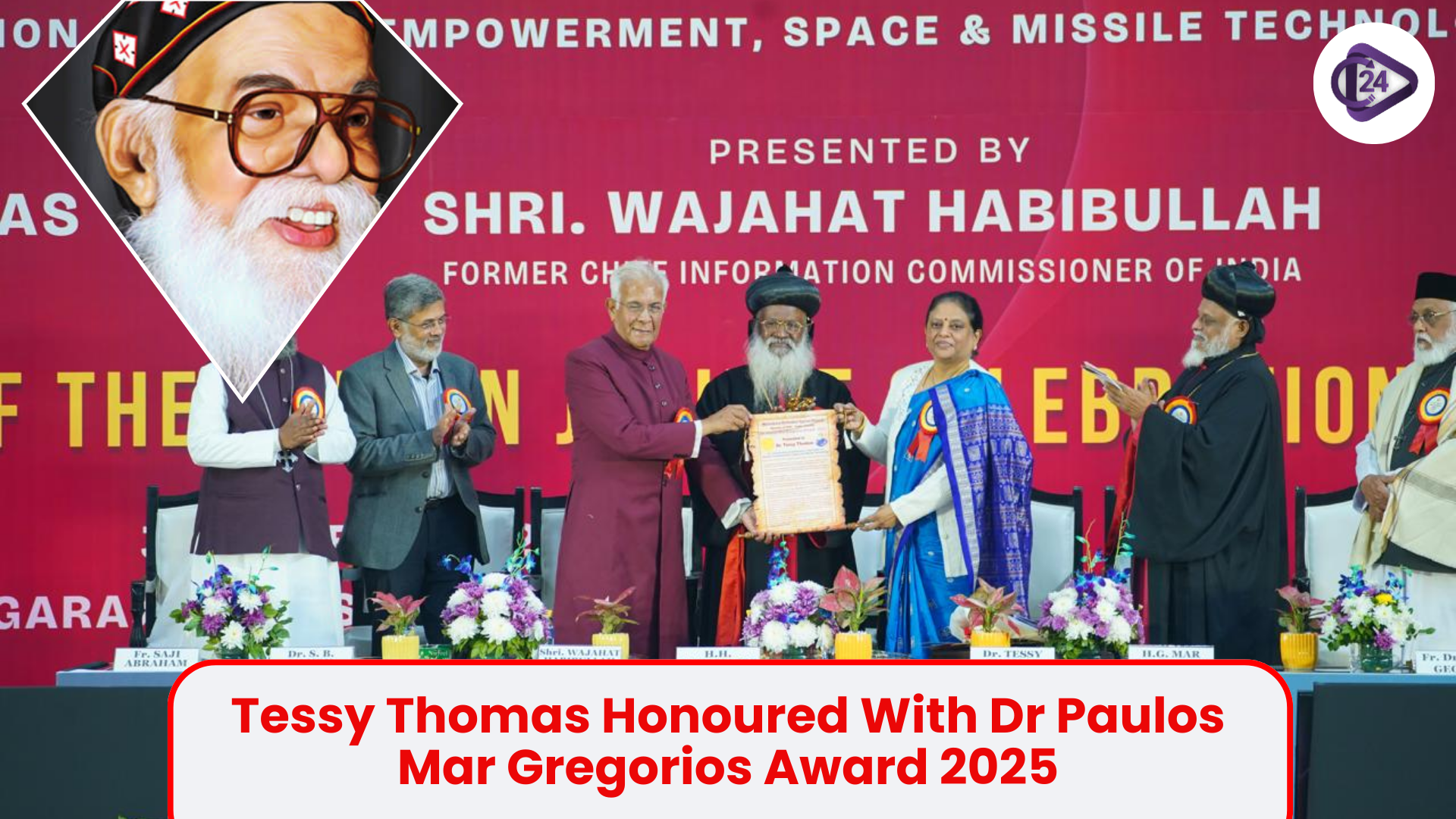 Tessy Thomas Achieves Major Recognition With Dr Paulos Mar Gregorios Award 2025
Tessy Thomas Achieves Major Recognition With Dr Paulos Mar Gregorios Award 2025 Ramban Sulai Honey GI Tag: A Major Win for Traditional Beekeeping
Ramban Sulai Honey GI Tag: A Major Win for Traditional Beekeeping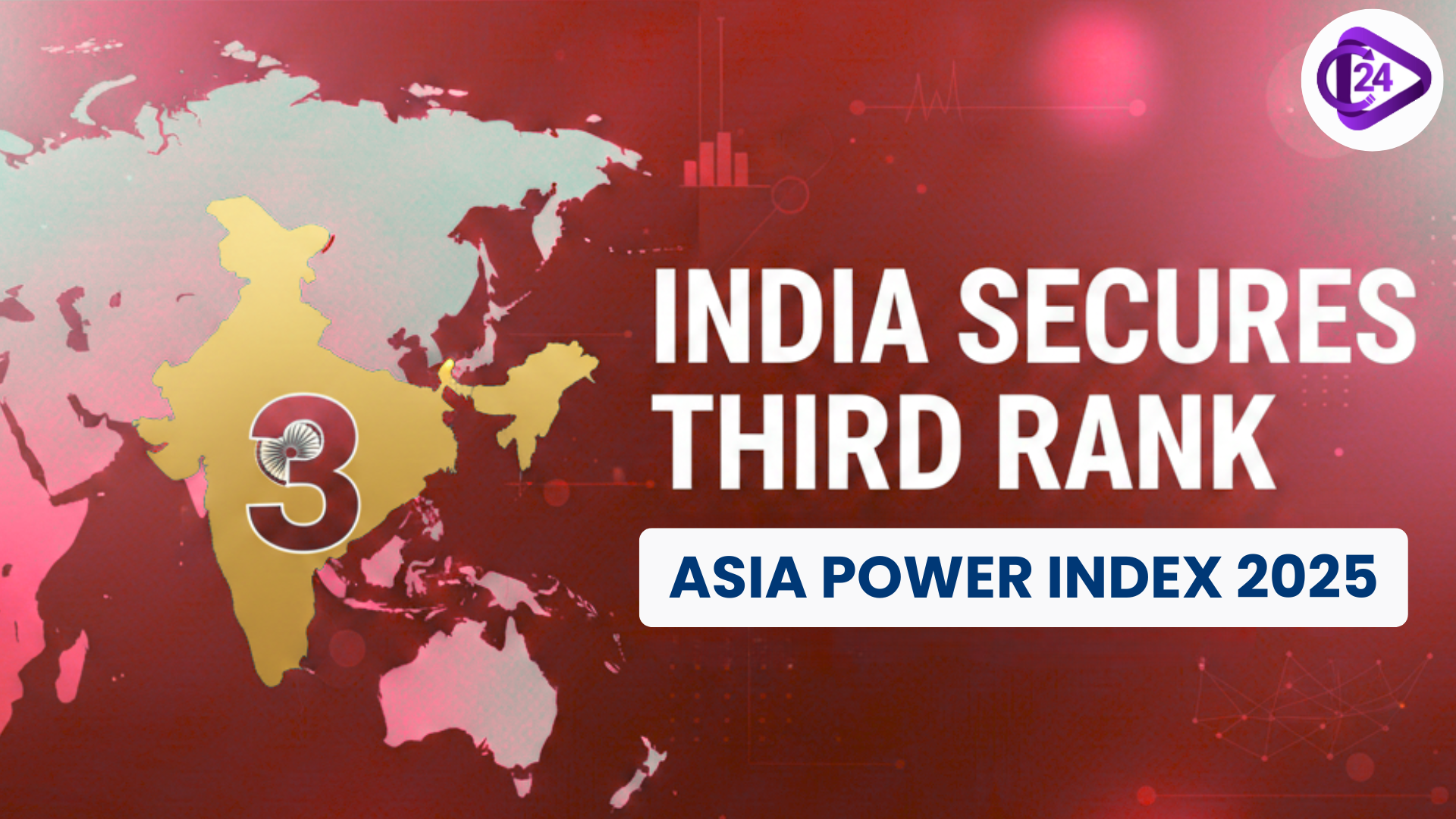 India Secures Third Rank in Asia Power Index 2025
India Secures Third Rank in Asia Power Index 2025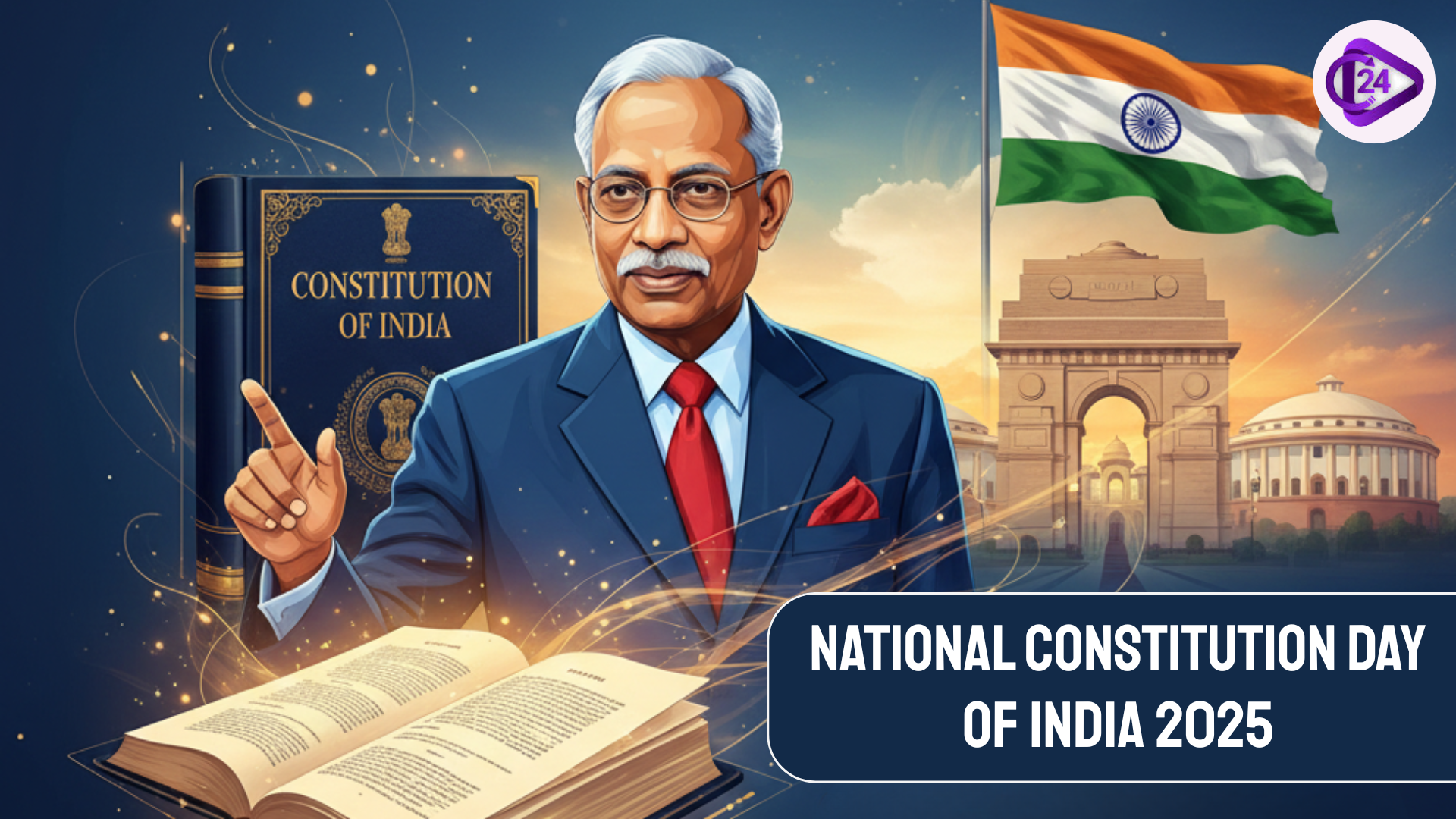 Constitution Day of India 2025: History, Meaning and Timeline Explained
Constitution Day of India 2025: History, Meaning and Timeline Explained India Launches ₹7,280 Crore Initiative to Develop Rare Earth Magnet Manufacturing
India Launches ₹7,280 Crore Initiative to Develop Rare Earth Magnet Manufacturing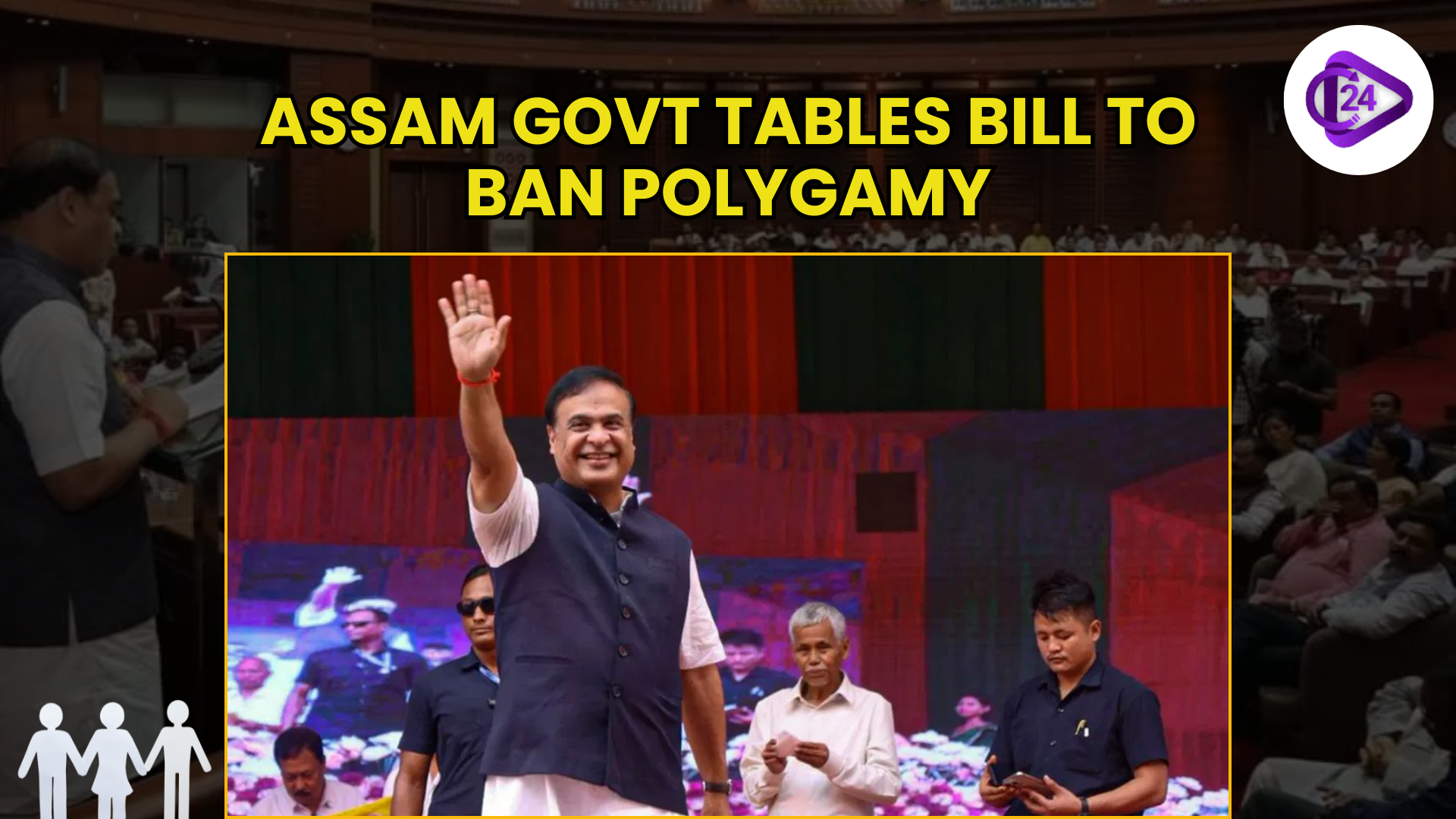 Assam Government Introduces Bill to Ban Polygamy with Strict Penalties
Assam Government Introduces Bill to Ban Polygamy with Strict Penalties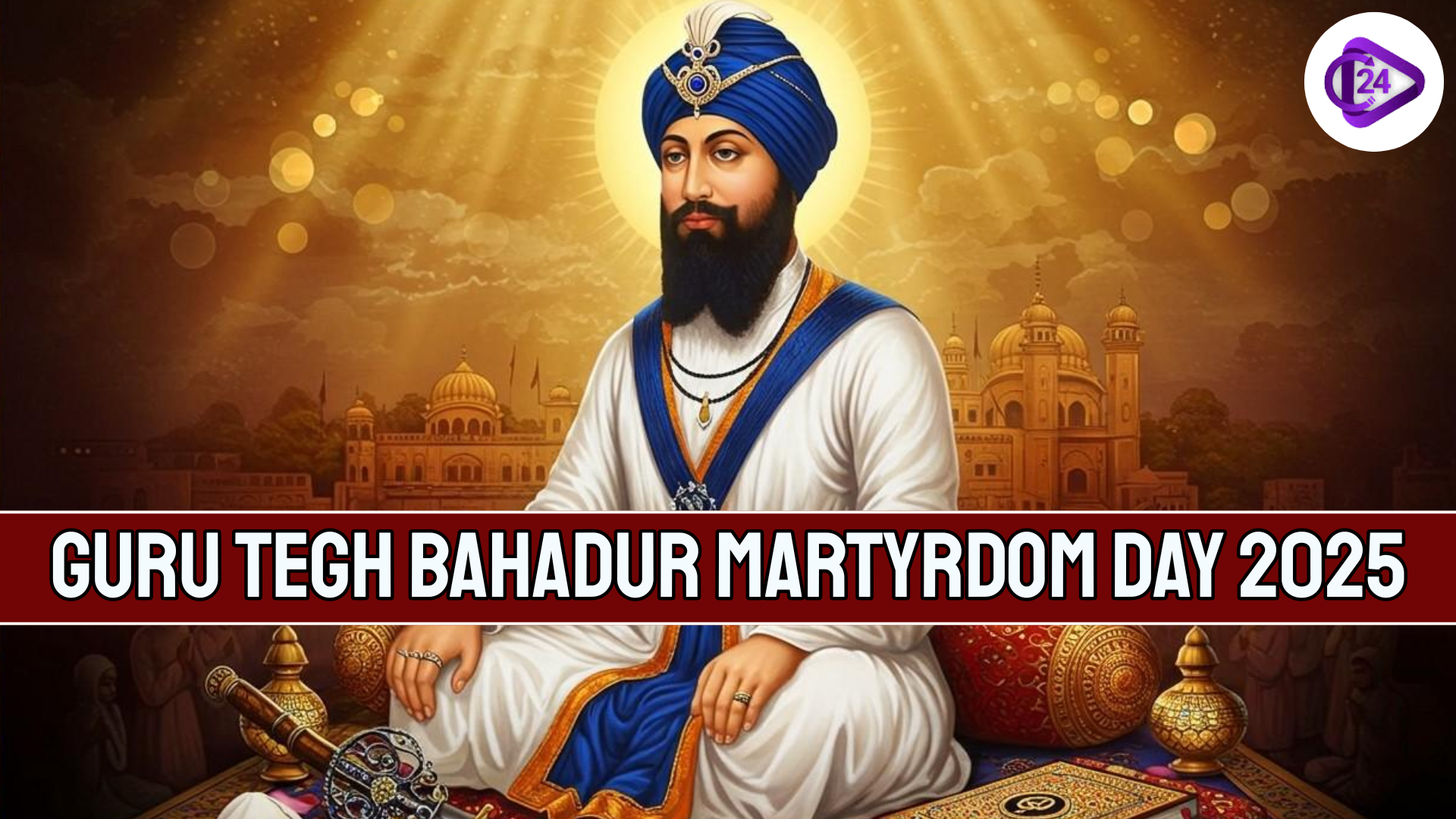 Guru Tegh Bahadur Martyrdom Day 2025 A Tribute to Courage and Spiritual Strength
Guru Tegh Bahadur Martyrdom Day 2025 A Tribute to Courage and Spiritual Strength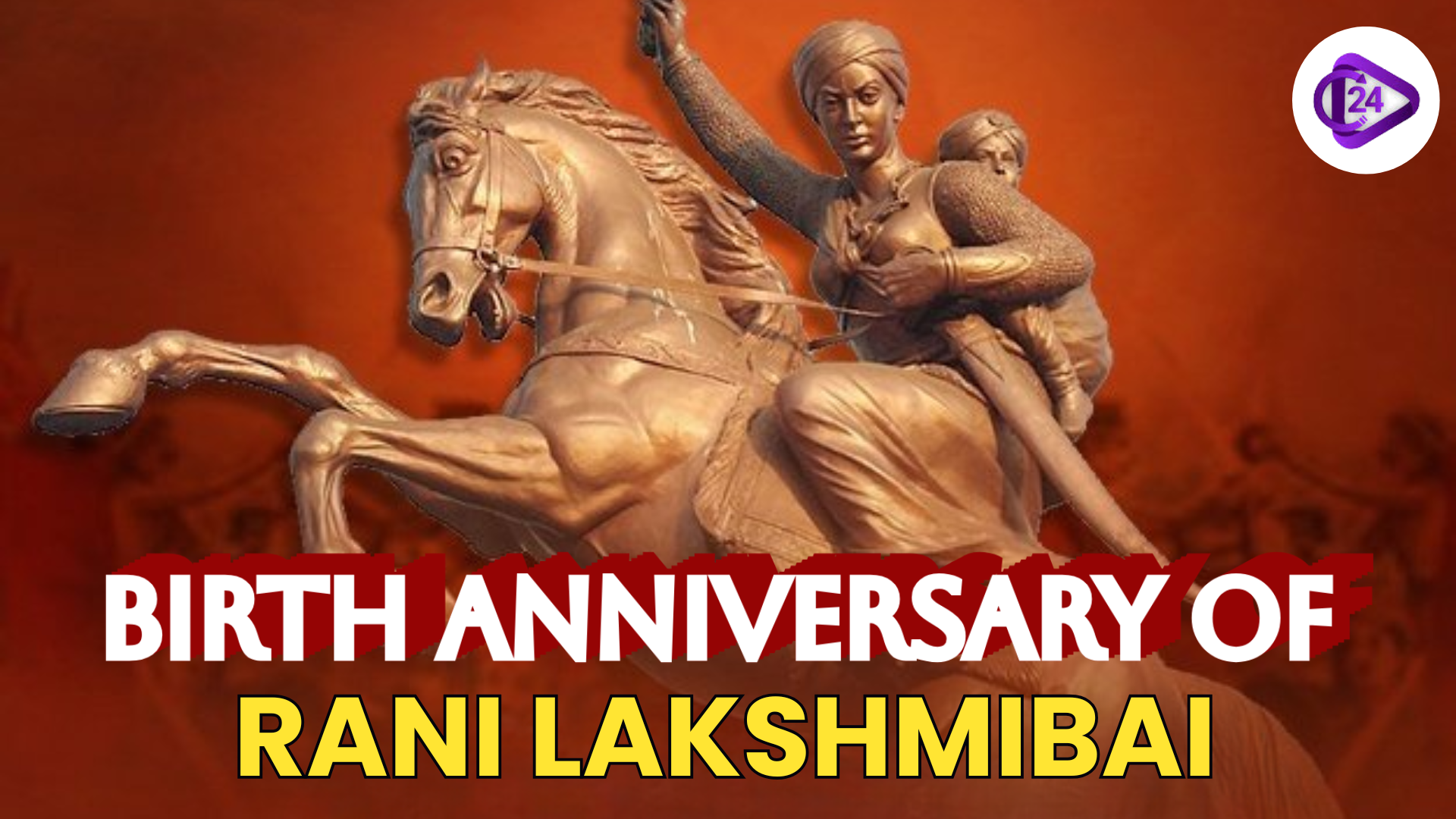 India Pays Tribute to the Birth Anniversary of Rani Lakshmibai
India Pays Tribute to the Birth Anniversary of Rani Lakshmibai Kinnaur’s Raulane Festival Celebrates Nature’s Mystical Guardians
Kinnaur’s Raulane Festival Celebrates Nature’s Mystical Guardians






